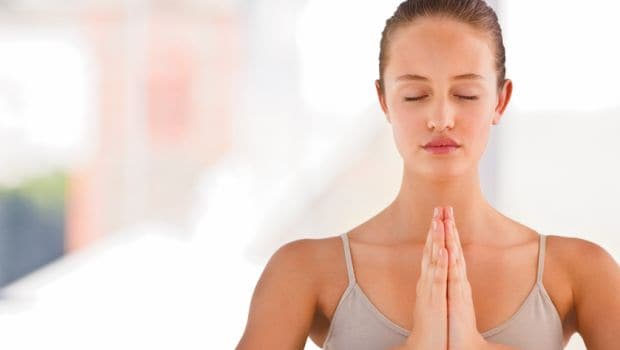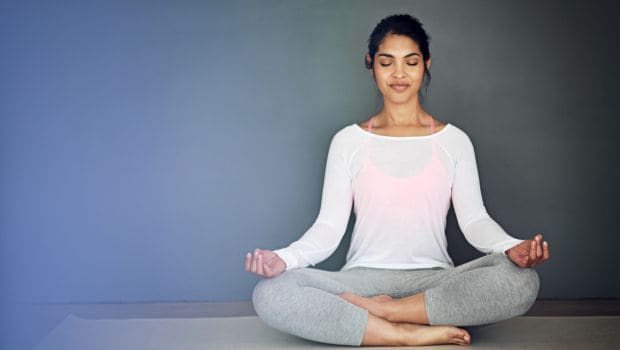
Have you heard of ‘the yogic breath of fire’? It is a breathing technique that is known to generate heat in the body and is especially beneficial for people who have Kapha body composition or are water dominated, as per the Ayurveda. Bhastrika is a type of pranayama that looks similar to Kapalbhati but is different from it in two fundamental ways. “Kapalbhati is essentially a breathing technique that mimics sneezing and involves the stomach. Bhastrika, on the other hand, is done through the chest and engages the lungs. Here, unlike Kapalbhati, both inhalation and exhalation are forced. It is similar to the post running panting,” Yogacharya Anoop, Chaitanya Foundation.
Benefits of Bhastrika
1. It is good for brain oxygenation.
2. It benefits the nervous and the motor system.
3. It is great for energizing the body and the mind
4. Good for people with depression and anxiety
5. It helps in treating fibrosis
6. Great for lungs and people who suffer from repetitive cough, flu, respiratory issues, allergies or breathlessness
7. Helps strengthen immunity
8. Checks sleep apnea as well

Things to Keep in Mind
Bhastrika should always be done towards the start of your practice or pranayama, and must be followed by Kapalbhati. It is beneficial when done during the colder months, however, those whose physical composition is water dominated (Kapha) or those who suffer from low BP, depression or anxiety can perform it during summers and benefit from it. Bhastrika should never be done on a full stomach or at night. It revs up the nervous system, which could meddle in relaxing the body for sleep. As the practice is known to generate heat in the system, people with hypertension and heart issues must not attempt practicing Bhastrika. Pregnant women should also steer clear of it. Don’t practice Bhastrika while you’re undergoing a migraine attack.
Bhastrika is a balancing technique, it helps in correcting any imbalances in the three doshas – vata, pitta and kapha.
How to Perform Bhastrika
Sit in Padmasana (Lotus Pose).
Take a deep breath and fill your lungs with air.
Release the breath after counting till five.
Now begin practicing the technique by inhaling and exhaling with force and mimicking the panting activity.
To begin with, practice at least 21 times (one round of inhalation and exhalation will count as one time).
[“source-ndtv”]

